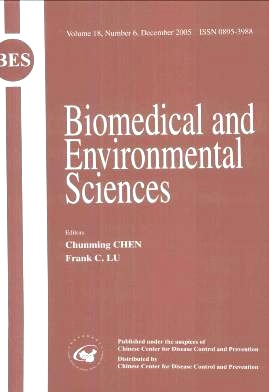Health and Economic Impacts of Air Pollution in China: A Comparison of the General Equilibrium Approach and Human Capital Approach
-
Key words:
- Air pollution /
- Health /
- Economic impact /
- CGE model /
- Human capital approach
Abstract: In China, combustion of fossil fuels and biomass has produced serious air pollution that does harm to human health. Based on dose-response relationships derived from epidemiological studies, the authors calculated the number of deaths and people with health problems which were thought to be attributable to China's air pollution in the year of 2000. In order to estimate the corresponding economic impacts from the national point of view, the general equilibrium approach was selected as an analysis tool for this study. A computable general equilibrium (CGE) model was constructed involving 39 sectors and 32 commodities.The human capital approach (HCA) was also used for comparison. The economic burden of disease for people estimated by HCA was equivalent to 1.26‰ (ranging from 0.44‰ to 1.84‰) of China's gross domestic product (GDP). China's GDP loss estimated by the general equilibrium approach reached 0.38‰ (ranging from 0.16‰ to 0.51‰). The difference between the two approaches and the implications of the results were discussed.
| Citation: | YUE WAN, HONG-WEI YANG, TOSHIHIKO MASUI. Health and Economic Impacts of Air Pollution in China: A Comparison of the General Equilibrium Approach and Human Capital Approach[J]. Biomedical and Environmental Sciences, 2005, 18(6): 427-441. |







 Quick Links
Quick Links
 DownLoad:
DownLoad: